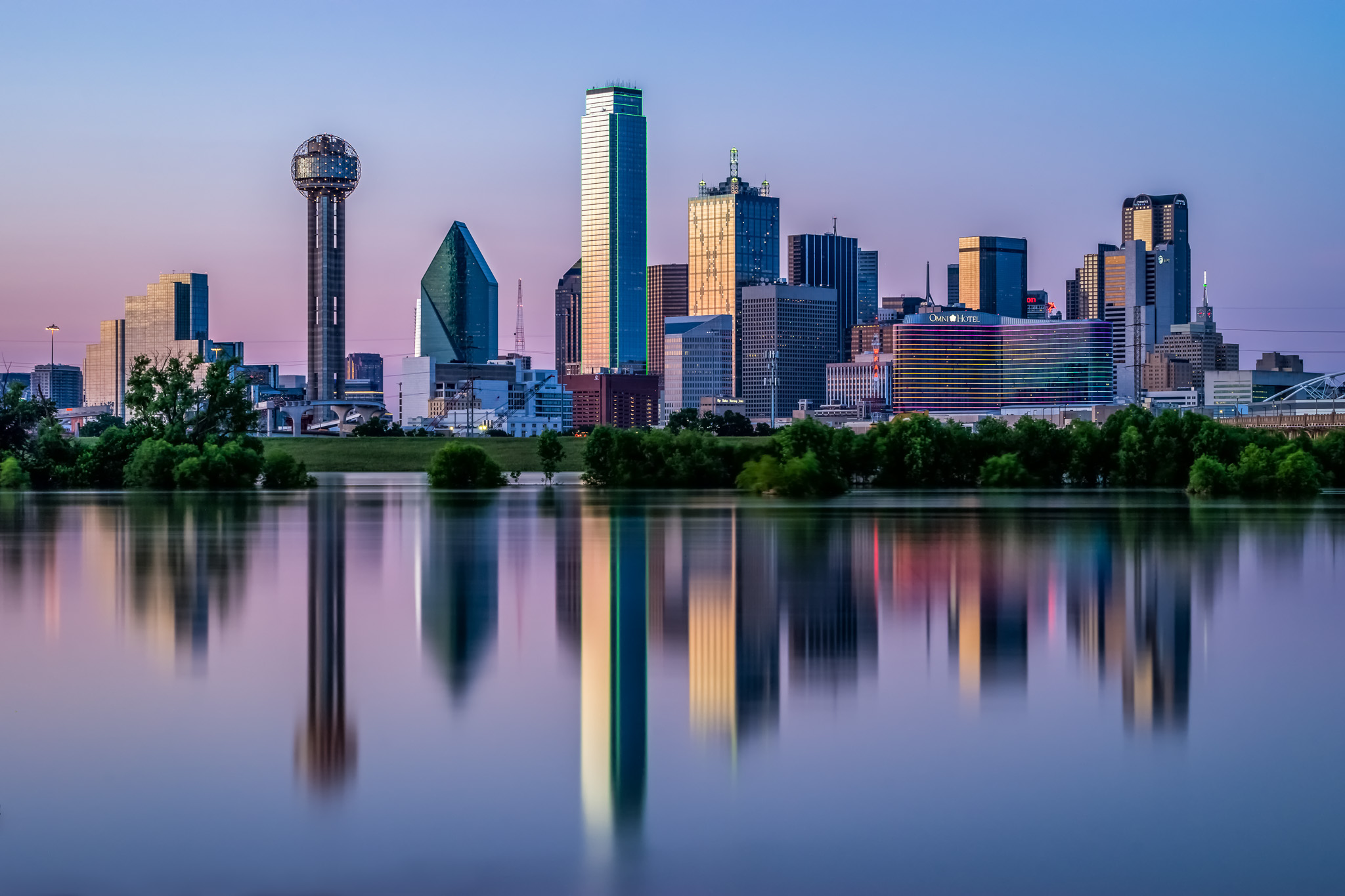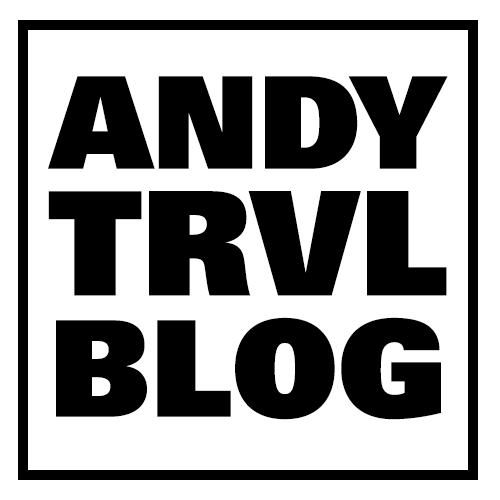I know I know, more Dallas pictures, but I promise this one is worth it.
The Trinity River that runs just south of downtown Dallas is still elevated from the 35 trillion gallons of rain Texas has had over the past month but the sun has finally made its stand and the clouds have escaped, not to be seen again until we’re all sunburned and fearfully hiding inside our air-conditioners until the weather finally cools off in…December.
The Trinity is at this height only every 20 years or so, so I’ve been out there often trying to get every shot I think I might need for the next 20 years!
This one is special. It’s a long-exposure shot where I used basically a piece of very dark glass in front of my lens to require much more time for the light to make it to the camera sensor. When done right it leads to all those smooth waterfall images you see in National Geographic. The reason I wanted to use this technique was to completely smooth out the water of the river and showcase the reflections of the buildings.
I couldn’t be any happier with how it turned out, and was even moreso when I got some sample prints back on metallic paper. My jaw dropped. So I’m going to put some on sale to you all, if you’re interested please click the link at the bottom of this post!
12″ x 18″ framed print (in an 18″ x 24″ black frame with a white mat board), signed – $125, Dallas area only
24″ x 36″ print on a styrene backing ready for your custom framer (you won’t be able to hang this on its own) – $225, drop-shipping available
24″ x 36″ print directly onto a sheet of aluminum – $395, drop-shipping available
So here it is, Dallas Glows!
For the photographers: This one was a doozy. I typed how I did it up for a buddy and will copy and paste here:
I was at f11, ISO 100, and had a 10-stop ND filter on my 70-200 lens (which was zoomed out to 70mm). I have an app on my phone that times out the super long exposures so I put my camera (Sony a7) on bulb mode, took out my remote, and started the 6:54 exposure.
I took the shot (it’s a RAW image) into Lightroom and applied my normal workflow steps to it: shadows +100, highlights -100, push the whites up until they clip and the blacks down until they clip. Changed the white balance to bring out some of the pinks and purples in the sky while ensuring the buildings had quite a bit of glow from the sunset to them. Added a bit of vibrance just because I’m awesome and love vibrance. Took an adjustment brush and brushed in a bit of clarity on the buildings, then applied +15 contrast to the whole image.
Theeeeeeeen I threw the whole thing into a program by Nik Software called Color Efex Pro 4 and used their Tonal Contrast preset to bring out some more contrast and safely add a bit of saturation without making things ridiculous. After that I went back into Lightroom and started to work on the pixelation that resulted from the long exposure. Camera internals are hot and it was also 85 degrees, so as the sensor heats up you begin to get what they call “hot pixels” that look like little neon dots around certain parts of the image. On this one it looked like someone had thrown rainbow sprinkles into the middle of the image (around the tops of the trees) when you zoomed in closely. To get around that I did some color noise reduction in Lightroom, then sent the image into Photoshop, where I applied a Dust and Scratches filter to a new layer and then masked that new layer into the original very carefully (since the Dust and Scratches filter killed the detail in the buildings I had to apply it pretty much everywhere but the buildings).
After all that was done, I put it back into Lightroom, increased the exposure a half-stop, ran it through a noise reduction processor called Dfine 2, applied sharpening to the buildings, added just the slightest of vignettes, and boom.
All in all the actual shot took just under 7 minutes and the post-processing took the better part of 3 hours. My typical edit takes about 5 minutes, for comparison, but when I know I’m going to make prints of something I tend to get maniacal about the little stuff which expands the timeline quite a bit.




